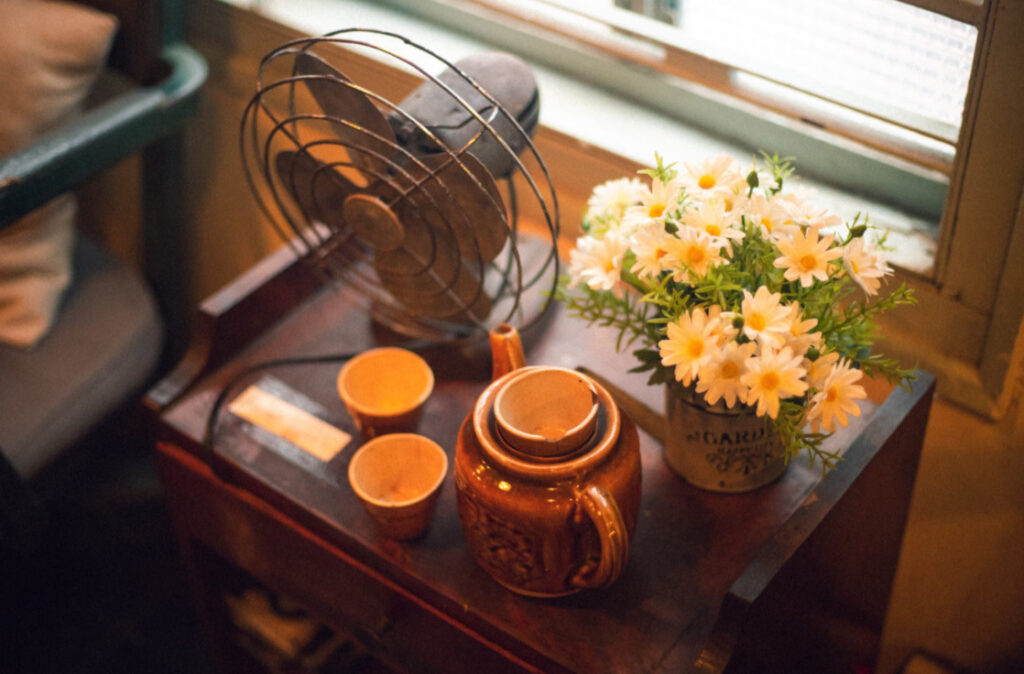While we may have no control over the air quality outside of our homes inside it’s a different story.
You might be surprised to know that the air inside our homes and other buildings we may frequent can be more polluted than the air outside.
Materials such as off-gassing from carpet cleaners, fire retardants, formaldehyde and even lead and house dust can have an impact on the air we breathe while we’re sleeping or just moving about our homes.
People who have asthma, children, and the elderly are most prone to issues with poor air quality however over time even healthy individuals can be impacted.
Following are 5 steps you can take to improve your home’s indoor air quality.:
1.Keep your floors clean
Routinely vacuum your floors using vacuums with HEPA filters to reduce the amount of lead and other toxins as well as pet dander and dust mites.
Look for a vacuum cleaner with strong suction and rotating brushes together with a HEPA filter to capture any particles that might escape through your vacuum’s exhaust.
For high traffic areas go over the same spot several times. Don’t forget the edges of carpets, the walls, and upholstered furniture where dust can tend to accumulate.
Wash the filter on your vacuum cleaner out regularly and go over your floors two or more times every week for best results.
2.Mop your floors
Pick up any dust that the vacuum left behind with your mop. Use just plain water to capture any dust or fibers that might be remaining.
Look for dust cloths and mops made of microfiber material for best results.
This kind of material captures more dirt and lessens the need for any cleaning solution.
3.Use floor mats
Put a large floor mat at every entrance to your home.
You would be surprised the amount of dirt that gets and chemicals that can get tracked in on your shoes.
While older homes built before 1978 often have lead paint in the walls, even newer homes can be subject to lead exposure from dust that gets tracked in from outside.
To prevent or reduce this from happening make it a habit for people to remove their shoes when they enter your home. Set house shoes, slippers, and socks near the door to encourage this rule.
4.Keep humidity at an optimal level
Mold and dust mites love moisture. Keep humidity at around 30% to 50% to help reduce these allergens.
During the summer an air conditioner and a dehumidifier can help reduce moisture in the air indoors and control these allergens.
Air conditioners are also great for keeping the pollen count inside your home down which any allergy sufferers will tell you is a blessing.
Other options for dehumidifying your home include using an exhaust fan when you’re cooking or cracking open the window or anytime you’re running hot water such as a shower or the dishwasher.
5.Avoid overwatering your houseplants
Your houseplants can become oversaturated, encouraging mildew growth. In addition, your plant’s health will be compromised, leading to root rot and killing your plants.
So how can you improve your home’s air quality?
As with most situations, prevention is best.
Use natural cleaning products
Use lemon, vinegar, baking soda, and other natural products to clean your home rather than chemicals that smell lemony or citrusy.
Laundry detergent, dryer sheets, fabric softeners, and air fresheners all emit some gases; the only question is whether these are enough to cause any health problems.
But as most fragrances are made from petroleum products and testing is scant if at all, your best option is to go natural with as many cleaning products as possible.
Use ventilation
While this isn’t always an option, allowing outside fresh air inside your home by opening one or more windows is one of the best, most cost effective ways to improve the inside air quality of your home.
If this blog helps you, take a look at this:
How To Check The Air Quality Inside Your Home
What to Look for in an Air Purifier
Six Tips to Humidify Indoor Air and Prevent or Reduce Dryness


